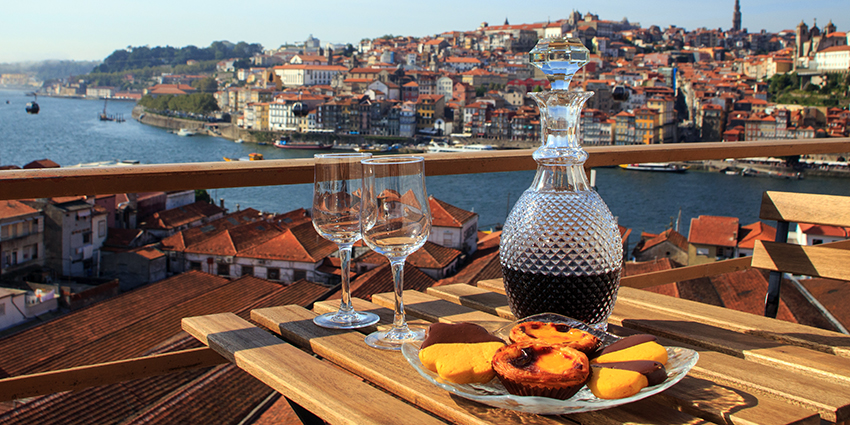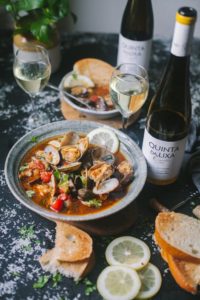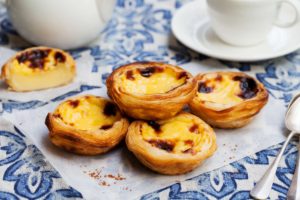
Delicious Portugal
Delicious Portugal
Portugal’s food has been overshadowed by the culinary traditions of its famous neighbours- Spain, Italy and France. The Portuguese love good food. They prepare it with simple ingredients. The flavours are fresh. If we add the local wines and beverages, it is heaven in the mouth! As Christmas is approaching, you can simply treat it as an inspiration for your Christmas dinner, or as an inspiration to go to Portugal and taste the food by yourself.
Clams, Wine and Sardines
Simple food is delicious! I highly recommend trying clam dish called Bulhão Pato Clams.
They named this dish after the 19th-century poet Raimundo António de Bulhão Pato. It is a simple Portuguese dish that combines clams and a flavorful sauce that is based on olive oil, garlic, lemon juice, white wine, and fresh cilantro. Bulhão Pato clams are usually served with bread on the side.
A perfect match to this dish is white wine Loureira. The characteristic feature of these wines is freshness. They are low in alcohol and high in acidity. The aromas are usually citrusy and floral, such as lime, orange blossom, acacia, peach, and apples. The wines will usually have an unusual note of bay leaves.
Grilled Portuguese sardines or sardinhas asadas are summer food of choice in Portugal. In June, the smell of grilled sardines infuses the streets of Lisbon for the entire month. When fresh, Portuguese eat sardines from the charcoal grill, marinated with Portuguese olive oil and served with salads, rice or potatoes.
Lisbon hosts the most popular festival dedicated to sardines. The Day of Saint Anthony celebrates grilled Portuguese sardines on June 12th and 13th.
Pastéis De Nata
If you have ever been to Portugal, you have encountered the iconic pastéis de nata. You can see them everywhere. They tempt with their flaky crusts, custard centers, and carefully caramelized surfaces. They are cheap and delicious.
Bom apetite!
Vocabulary
Overshadowed –to be more important or significant by comparison (przyćmić)
Acidity- sourness (kwasowość)
Clam – any of various bivalve mollusks, especially certain edible species (małż)
Cilantro – the strong-scented leaves of the coriander plant, used in salads or to flavor and garnish food (kolendra)
Bay leaves –the dried leaf of the laurel, used in cookery (listki laurowe)
Charcoal – the carbonaceous material obtained by heating wood or other organic substances in the absence of air (węgiel)
Flaky – lying or cleaving off in flakes or layers (puszysty, łuszczący się)
Crust – outer surface of cake, cookie or bread (skorupka, chrupiąca warstwa ciastka)
Custard – a dessert made of eggs, sugar, and milk, either baked, boiled, or frozen (masa przypominajaca budyń)